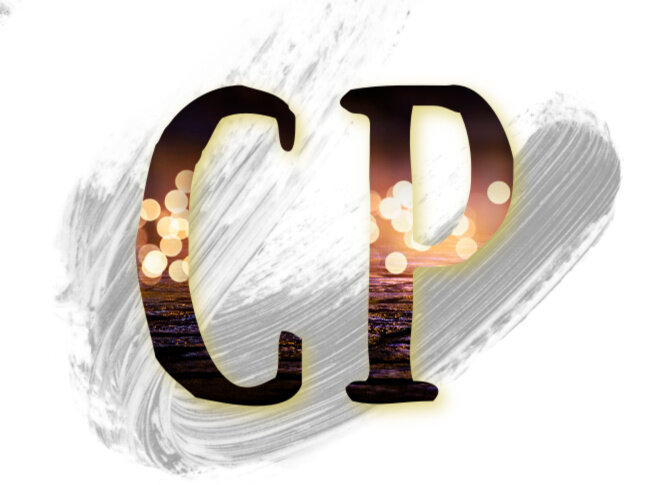End of the Rainbow
It’s a love story, but not the kind you would expect to find on Broadway. Peter Quilter’s play End of the Rainbow, which visits Judy Garland close to the end of her life, is a disturbing exploration of the famous performer’s need for love and the audience’s love for her. Starring Tracie Bennett in an outstanding performance as Judy, End of the Rainbow, currently playing at the Belasco Theater, is an exhilarating and exhausting theatrical experienceSet in London in 1968, End of the Rainbow finds Judy attempting to stage yet another comeback. Determined to bring her career “back from the dead,” Judy is staying in a hotel suite (designed by William Dudley, as are the costumes) with her manager and fiance number 5, Mickey Deans (a very good Tom Pelphrey). Claiming she is clean and sober and determined to reclaim her glory onstage, Judy is skittish with delight about her new love and new focus. She and Deans are joined by her her Scottish pianist Anthony (Michael Cumpsty, giving a performance of quiet strength), who serves as representation of all of the gay men who did - and still do - passionately love the woman. Jay Russell plays an assortment of supporting roles, earning laughs with almost all of them.Directed by Terry Johnson, End of the Rainbow moves between the hotel room and the nightclub where Judy performs, depicting her at her most vulnerable - and most wonderful. Her financial and medical problems are mentioned repeatedly, informing the audience of the chaotic state of her life. In one scene, she refuses to pay her hotel room bill; in another, she perches on the piano over a window, pretending she is about to jump out. It is clear early on that this is a disturbed woman onstage, but in spite of all that and more, she is still lovable.What End of the Rainbow seems to be saying is that it was love that kept Judy going but also what held her back. Her conversations with Deans about their future together bluntly depict how desperately she needed to be loved. She wanted him to be her savior, but she blazed the path to her own destruction. Her addictions to alcohol and drugs are apparent, especially when she lets loose with one-liners like, “Whenever I drink water, I feel like I’m missing out on something.” One particularly disturbing scene occurs when she refuses to go onstage without being given some “tablets” (as she calls the prescription Ritalin she is provided by pharmacists who are also fans). When Deans does cave and give her the bottle, audible sighs of disappointment and sadness are heard from the audience. Her subsequent performance of, “Come Rain or Come Shine,” fueled by numerous Ritalin, is a terrifyingly manic, especially well-performed - and disturbing - scene.Judy’s relationship with her audience is the stuff legends are made of, and under the musical direction of Jeffrey Saver, the concert scenes of Over the Rainbow offer valuable insight into the strength of that relationship. Performing some of her most popular songs, like “The Trolley Song” from Meet Me In St. Louis and “You Made Me Love You,” which propelled her to stardom as a young child, Bennett reveals what was truly magical about Judy onstage, depicting both her passion and her vulnerability and revealing her simultaneous existence as a grown woman and a small child.The concert scenes of Over the Rainbow are definitely the show’s greatest asset as the book offers a much more perfunctory biography of a falling star. Those who are familiar with the life of Judy Garland - and really, who in the audience of this show won’t be? - will recognize the obligatory references being checked off the list. Terrible stage mother.? Check. Force-fed pills? Check. Several failed marriages? Check. Bitter jokes about The Wizard of Oz? Check. The script is clunky at times and ridden with cliches at others, and the Act One closing number, “The Man That Got Away,” is especially awkward because it is the only song that is sung outside of the performance venue in the show. It is not necessary to the plot; instead it is simply another Judy highlight that the creators felt should have been included.The success of End of the Rainbow depends not on the story itself, but on the performances that tell the story. And, thanks to the powerhouse performance by Bennett, the show does succeed. What she is doing onstage is more than an impersonation, and it is remarkable. But impersonators of Judy Garland have existed since before her death and will continue long after, which calls the existence of shows like End of the Rainbow into question, especially in a culture of TMZ, camera phones, and 24-hour news networks. Judy’s fame seems to be immortal, so why do we need to see her at her worst? Is this show exploiting her memory? It it supposed to serve as a warning to other child stars, fame seekers or drug addicts? Is this show honoring her struggles or profiting from her sadness?Judy died at the age of 47 in 1979 from a drug overdose, but, thanks in part to shows like this, her memory continues to live on. Whether that is a good or bad thing remains to be seen.
